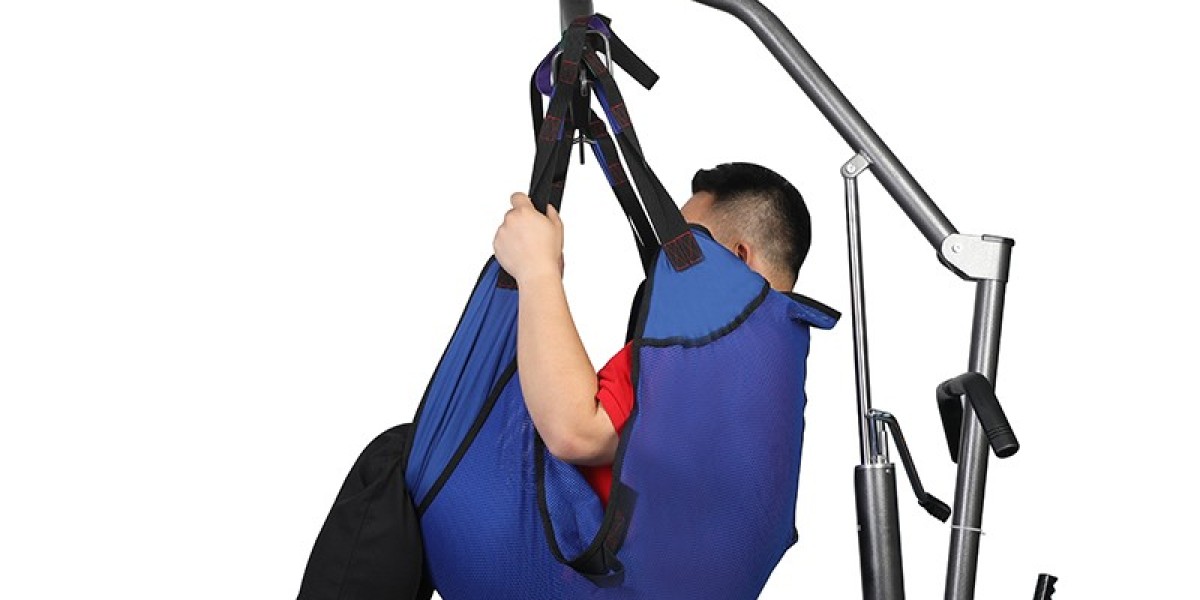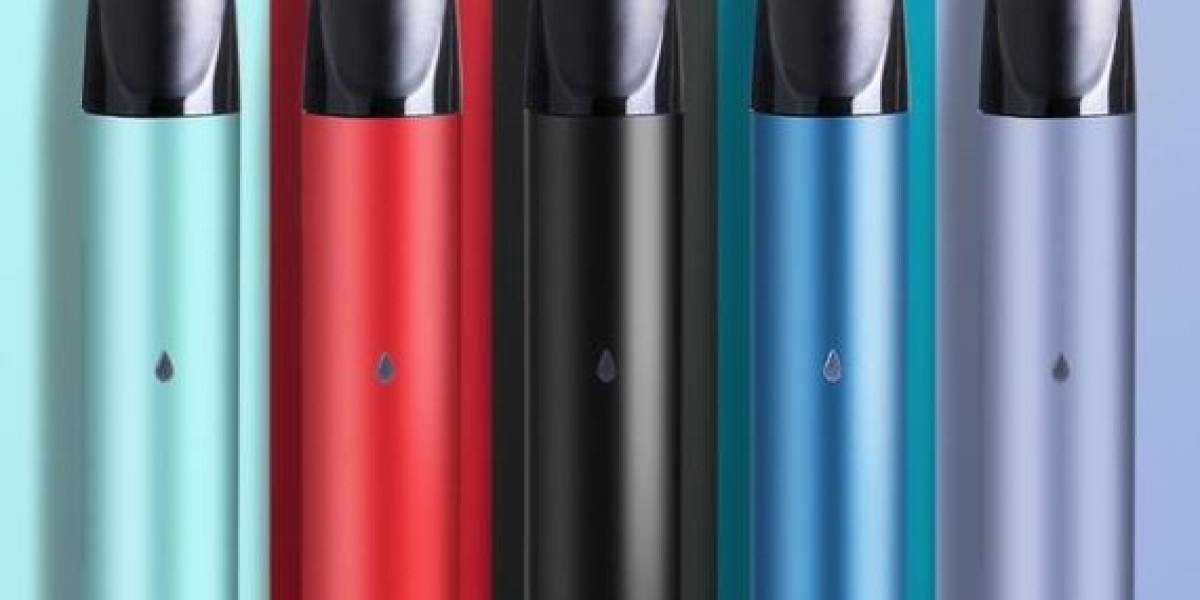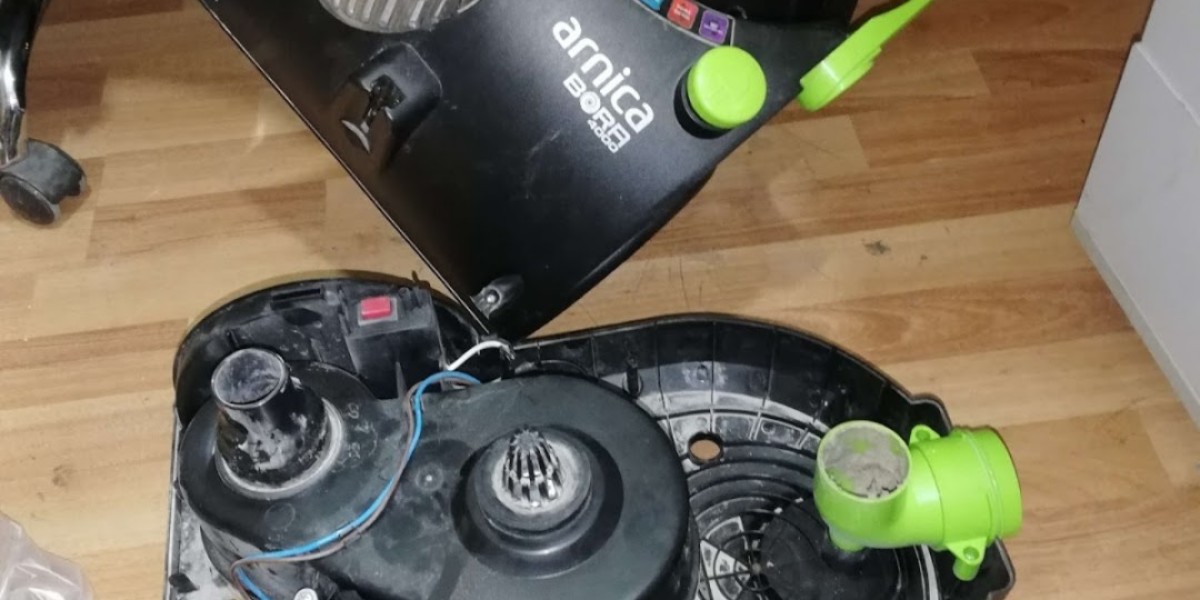In the realm of medical device manufacturing, quality control plays an indispensable role, particularly in the production of medical slings. These devices, designed to provide support and stability to patients recovering from surgery or injury, must adhere to the highest standards of safety and efficacy. As the demand for reliable medical slings continues to rise, understanding the intricacies of quality control becomes essential for manufacturers aiming to deliver superior products.
Quality control in medical sling manufacturing encompasses a series of systematic processes that ensure each product meets established specifications. From initial design to final production, every stage is scrutinized to identify and mitigate potential risks. This rigorous approach not only guarantees compliance with regulatory standards but also enhances the overall quality of the medical slings produced. Manufacturers employ various testing methods, including tensile strength tests and material compatibility assessments, to verify that their slings can withstand the rigors of daily use.
Moreover, the integration of advanced technologies in quality control processes has revolutionized the manufacturing of medical slings. Automated inspection systems and real-time monitoring tools allow for immediate detection of defects, minimizing the risk of faulty products reaching consumers. By leveraging data analytics, manufacturers can identify trends and areas for improvement, fostering a culture of continuous enhancement in quality control practices. This technological advancement not only boosts efficiency but also reinforces the trust healthcare providers place in their products.
Another critical aspect of quality control in medical sling manufacturing is the emphasis on material selection. The choice of materials directly impacts the safety and performance of the slings. Manufacturers must ensure that all materials used are biocompatible and durable, capable of withstanding the demands of various medical environments. Rigorous testing of raw materials prior to production further guarantees that only the highest quality components are utilized, thereby enhancing the reliability of the final product.
In addition to technical measures, fostering a quality-focused culture within the organization is paramount. Training employees on the importance of quality control and empowering them to take ownership of their roles can lead to significant improvements in product quality. When every team member understands their contribution to the quality of medical slings, it creates a shared commitment to excellence that permeates the entire manufacturing process.
In conclusion, quality control is a cornerstone of medical sling manufacturing, ensuring that products not only meet but exceed industry standards. By implementing robust quality control measures, leveraging technology, selecting appropriate materials, and cultivating a culture of quality, manufacturers can produce medical slings that provide the safety and support patients need. As the healthcare landscape continues to evolve, the commitment to quality will remain a defining factor in the success of medical sling manufacturers.








